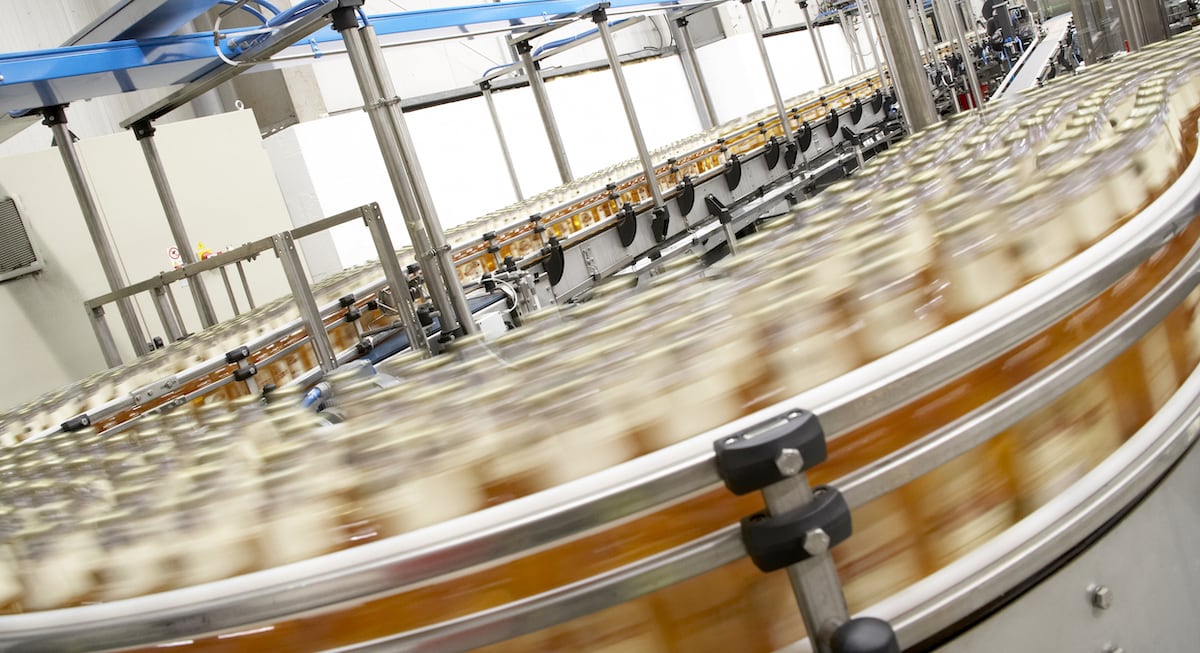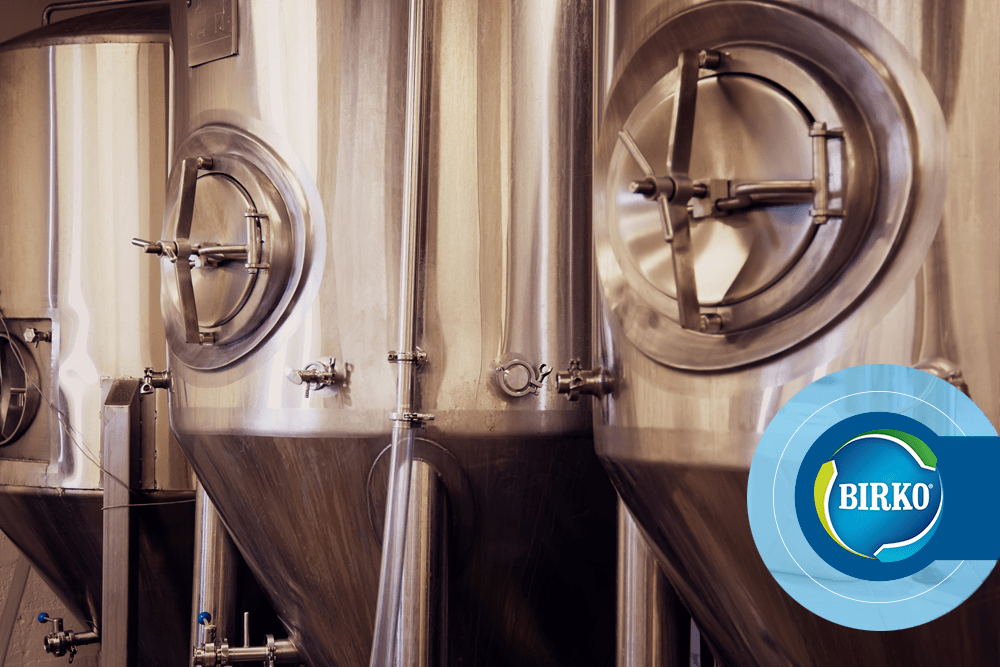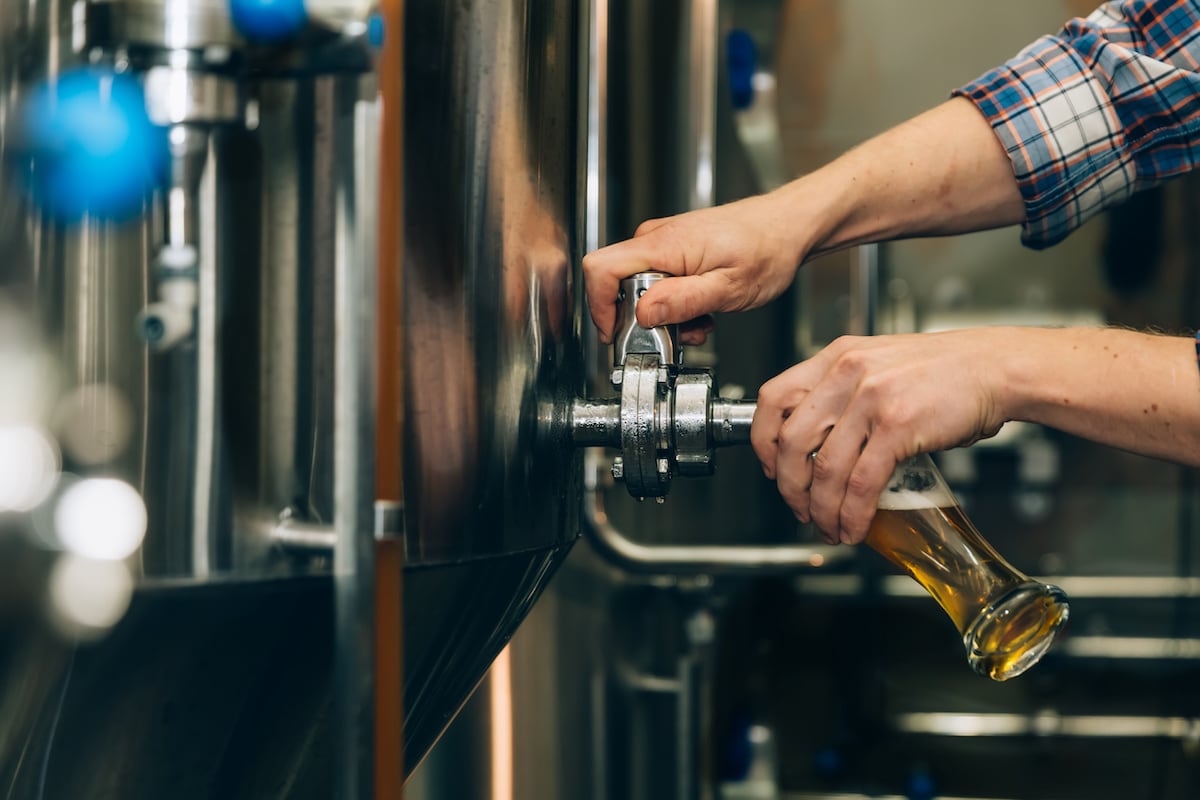With the explosion of new craft breweries, and the expansion of existing ones, we receive a lot of questions about the passivation of stainless steel. For those unfamiliar with this term, passivation involves the use of a light coat of a protective material, such as metal oxide, to create a shell against corrosion.
Many customers wonder how they should passivate new (or used) stainless steel tanks. This is a very good question. In this blog we’ll discuss traditional passivation techniques for stainless steel. Stainless steel is the best metal for breweries to use but it may not be as “bulletproof” as some would think and can actually be attacked by certain chemicals.
If you want to skip the traditional passivation methods and learn about a newer, more effective passivation technique, check out our other post: A Not So New Passivation Technique.
Traditional Stainless Steel Passivation Methods
The traditional method of passivation typically calls for a very high level of nitric acid (HN03), followed by a 24-hour air dry. This builds a layer of chromium oxide on the surface to protect the metal from chemical attack. While this method works, it is fairly dangerous since nitric acid is a very strong oxidizing acid and can be hard on gaskets as well.
Another so-called passivation method calls for citric acid, which is a very good chelator for iron (rust). However, it does not offer a lasting passivation layer for the metal. Removing surface rust helps make better beer by eliminating the iron, which can cause oxidative staling to the beer. Yet it does nothing to help the metal down the road and problems can still crop up later. Salt (NaCl) is especially hard on untreated stainless steel and can be found in chlorinated water and some sanitizers (like sodium hypochlorite, known as chlorine bleach, for example). Organics and oxidizers, such as peracetic acid, which has both, can also be rather tough on stainless steel over time. Even in beer, carbon dioxide (CO2), acidic pH, and in some beers, a high level of organic acid (souring wort in the kettle, for example) can also be rather hard on stainless steel if the metal is not properly passivated every so often.
Are there more effective passivation techniques?
Since the traditional methods each come with their own drawbacks, you’re probably wondering, “Is there a better way to passivate stainless steel tanks?”
Fortunately, there is an improved passivation method that can be done more often to protect the metal over the course of its useful lifespan. Access all the details on our post titled “A Not So New Passivation Technique.”








